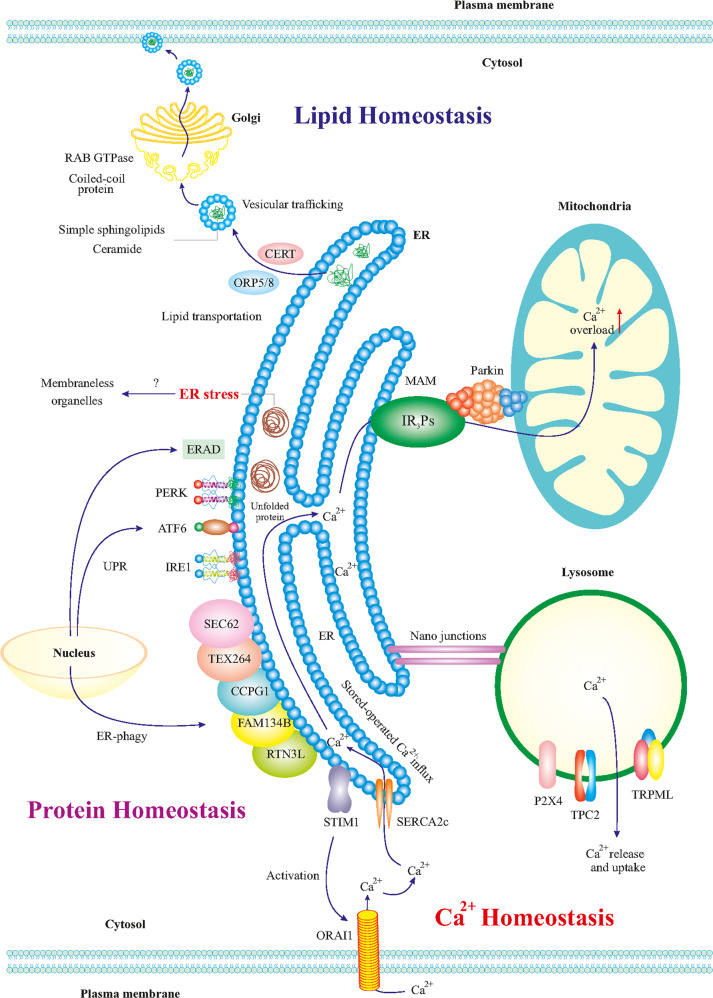Fig. 1. The ER and lipid, protein, and Ca2+ homeostasis in neurons.
The ER is in direct or indirect communication with other organelles such as mitochondria, other organelles, plasma membrane, phagosomes, lysosomes, and endosomes. Such communications regulate the metabolism and homeostasis of lipids, proteins, and Ca2+. ER-produced lipids including sphingolipids and ceramide are trafficked to the Golgi via vesicles, mediated by CERT and ORP5/8 proteins. In Golgi, RAB GTPases and coiled-coil proteins mediate the final trafficking of the lipids to the plasma membrane. ER stress can influence mitochondria functions and vice versa and the contact points mitochondrial associated membranes (MAM) contain crucial proteins for neuronal physiology. For example, Ca2+ transportation to the mitochondria is influenced by MAM, which may lead to mitochondrial Ca2+ overload, reduced energy capacity, and oxidative stress in the neuron. Besides, nano-junctions between the ER and lysosomes modulate Ca2+ signaling in the ER. ER-mediated activation of the ORAI1 transporter leads to the influx of intracellular Ca2+ to the ER. In addition, it is thought that ER stress is affected by ER communication with membrane-less organelles. The roles of the UPR and ER-phagy (autophagy of the ER) for the turnover of the different components in cell homeostasis and their dysregulation in disease conditions such as AD is currently receiving more attention.

